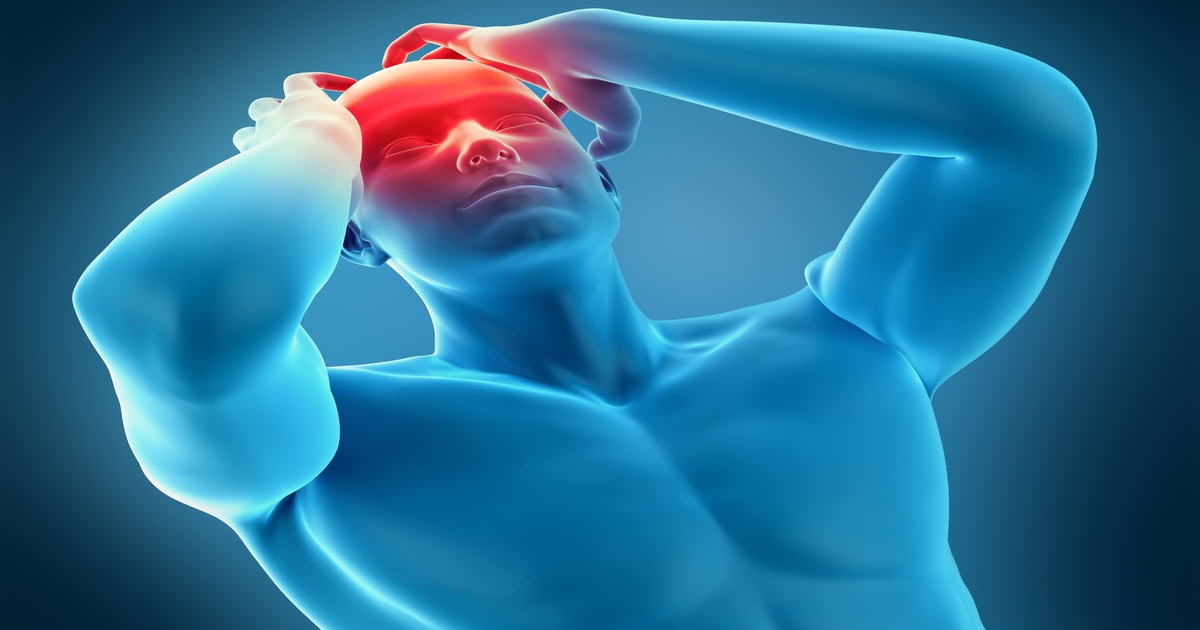(Written with the assistance and advice of Paul Espe, Physiotherapist and Active Release Techniques Provider/Instructor)
Many people suffer with headaches and migraines. Unfortunately, it can be hard to find effective treatment, other than regular use of pain relief medication, whether prescribed by a doctor or over the counter from a pharmacy.
The problem is, treatment with drugs may not address the root cause of the head pain if the initial diagnosis is inaccurate. There can be many different diagnoses, and often migraine is the attributed cause of the pain, when actually it is something very different.
Pain in the head can be caused by many different things, and often it’s a combination of several factors. The pain you experience is a warning symptom that something, somewhere is wrong, and treating the symptom without identifying the source of the pain just defers the problem for a while.
All drugs have their side effects, no matter how effective they may be in the short term. Paul Espe, founder and owner of Physioplus Clinic in Albir, explains how the lock-down may have caused a rise in the incidence of headaches, and how it can be possible to resolve your head pain without taking a single tablet:

After two months at home, you’ve probably spent a lot more time working at home in front of a screen, or passing the time playing games. This can cause ‘quarantine ailments’ such as head pain, due to poor posture or lack of movement over time. Chairs at home may not be as supportive as office furniture. And if you’ve suffered from headaches long term, maybe posture is a contributory factor. If so, we can definitely help with exercise and stretches you can also do at home, as well as specific soft tissue treatment and techniques aimed at improving joint alignment and function.
Here’s a brief summary of typical factors to consider when diagnosing and treating the cause of head pain:
Neck problems
Who knew that your persistent headache could actually be a pain in the neck? (Pun absolutely intended!) Cervicogenic, or neck-related head pain, is a serious diagnostic possibility. Confusingly, the symptoms experienced with cervicogenic head pain are similar to migraines, tension headaches and even cluster headaches.
Cervicogenic head pain requires targeted, specific treatment, which can bring about a rapid improvement if the practitioner uses the correct techniques. The right treatment means you won’t spend the rest of your life dependant on pharmaceuticals.
Not all medical specialists in the treatment of severe head pain give credence to the cervicogenic theory, so it may not even be considered during the diagnostic process. This could result in a potentially wrong diagnosis, which means you receive the wrong treatment for your condition.

How can the cause of head pain be determined?
Statistics show that many people who experience head pain also have neck problems, which indicates there is a connection between the two. If you suspect your symptoms may be neck related, the therapists at Physioplus will first look at the ‘behaviour’ of the pain. These are all characteristics of cervicogenic head pain:
- Pain on one side, moving from one side to the other, or presenting on both sides, but significantly worse on one side than the other.
- Head pain which starts in the neck with simultaneous neck pain or stiffness.
- Neck stiffness, discomfort or pain which radiates towards the shoulder blade or the shoulder itself.
- A band of pain across the forehead or eyebrows.
- Pain behind the eye, or in the face or jaw.
- Head pain which movies from place to place.
- Head pain triggered by holding the same position for a while. For example, leaning over a PC, laptop, phone, or book, or looking up when painting the ceiling or clearing dust and cobwebs.
- Persistent head pain enduring for more than four weeks, typically after head or neck trauma (such as whiplash as a result of an accident).
- Head pain that increases in frequency.
- Head pain accompanied by nausea and/or dizziness.
Complexity of Diagnosis
Some head pain symptoms can result from a combination of neck problems, hormonal imbalances and food intolerances. External factors such as noise or bright lights may also trigger head pain. In addition, your head pain could actually be migraine!
Although there may be several factors causing your head pain, research shows that a dysfunctional neck can lead to increased sensitivity of the brainstem and/or the dura mater protecting the brain. This then becomes the pain trigger.
To establish whether the neck is involved in your head pain requires thorough examination by someone with relevant expertise. It is also necessary to assess the rest of the body, to investigate whether other locations are contributing to the neck issues.
A specialist in physiotherapy can use a number of different techniques to establish if the neck is linked to the head pain. This can be more effective for diagnosis and treatment than medical tests in some cases. Typically, symptoms can then be treated and alleviated or even dissipated completely without the need for long term medication.
Maybe it’s worth contacting a qualified physiotherapist such as Paul Espe to arrange a consultation and examination to find a drug-free solution for your chronic head pain. If you need further medical investigation, you will be advised to seek it, but you would be surprised how many pains can be treated and cured holistically, without the need for medication. Give Paul a call and see if the Physioplus team can help heal your head pain.

Contact Details:
Address:
Camino de la Cantera, 12, local 2, Albir
Telephone: 966 577 789
Website: https://www.physioplus.es/


